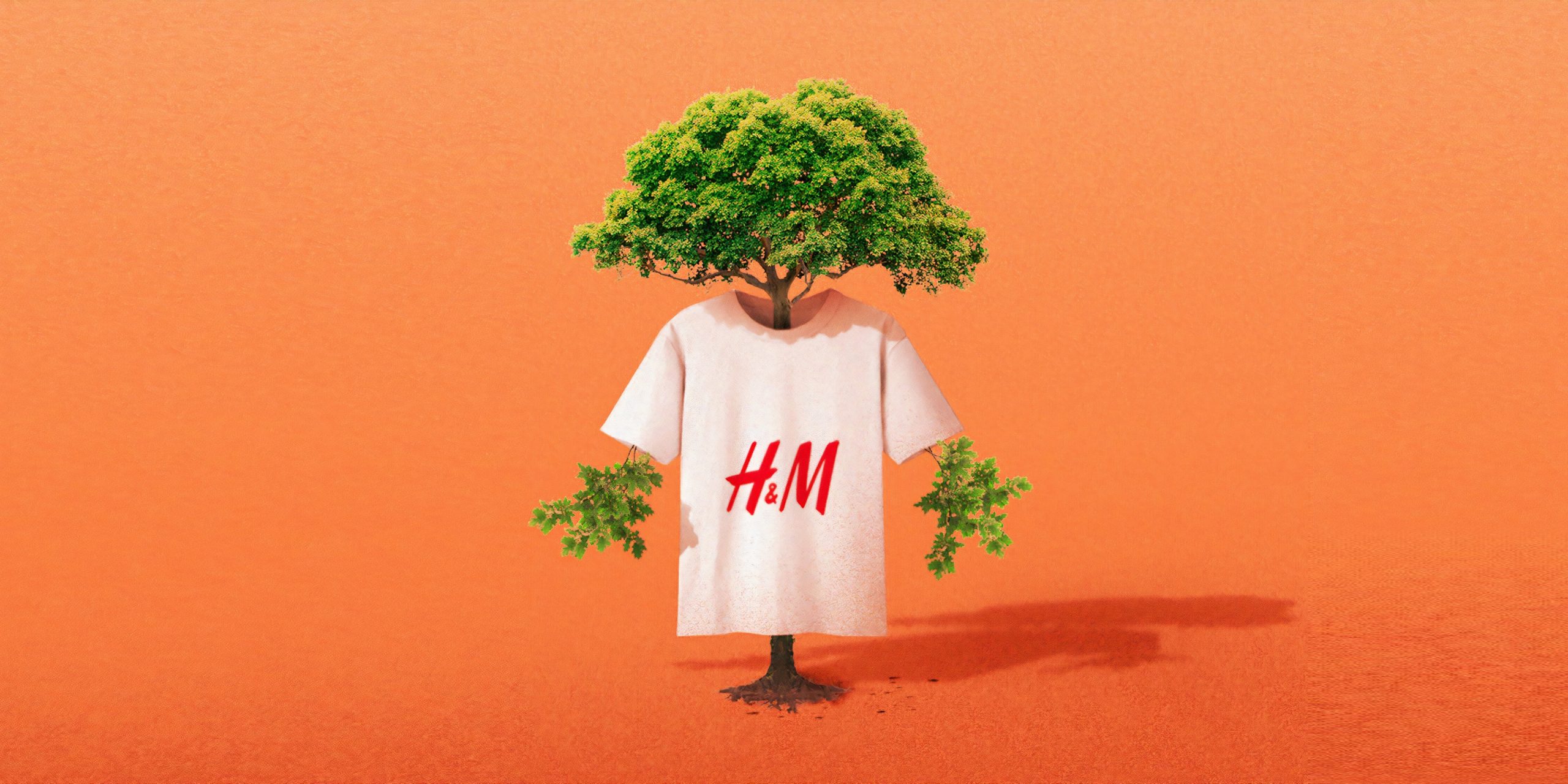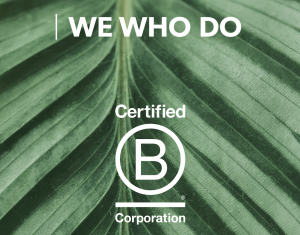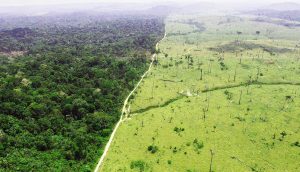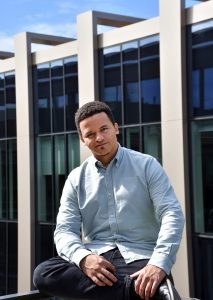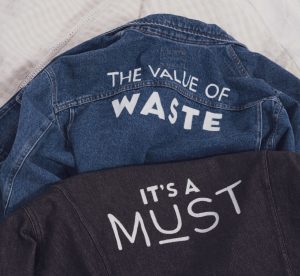Business leaders across the globe are starting to recognise that real efforts need to be made in order to improve their sustainability and prove they have earned their green credentials. Now more than ever, people are reassessing how their consumer habits impact both people and planet.
The traditional ‘linear’ economic model of extract/make/use/throw no longer works, and many firms are looking to a more regenerative model of extract/make/use/re-use. Known as the ‘circular economy’, it is clear that this approach will play a significant role in the way companies operate in the future, across all sectors. Incoming EU Commission President, Ursula von der Leyen, noted that the circular economy is her “number one priority” for the European Green Deal, with the aim of cutting hundreds of millions of tonnes of CO2 gas emissions.
So with more green legislation on the cards, what could you be doing to make your business more sustainable and cut costs at the same time? Broadly speaking, businesses have followed three overarching principles:
- Long-term investment: Many companies have taken a long view, investing in initially more expensive methods of sustainable operation that will eventually lead to lower costs and/or higher yields
- Process Improvement: The adoption of a Kaizen/bootstrapping approach whereby small incremental changes to processes across the entire organisation have generated substantial cost savings. These savings are then further invested into new technologies underpinned by sustainability
- Customer & supply chains: Whilst influencing supply chains and customers is a large endeavour, which requires trust and collaboration, it can also lead to new business models and innovations. This results in lower costs and improved sustainability in a sector as a whole. Often competitors will find this approach harder to emulate.
With these overarching principles in mind, here are five ways you could revolutionise the way your company works and help protect the environment.
Improve Materials and Energy Efficiency
Now is the time to examine supply chains and processes. Whilst examining these areas, questions around the cost effectiveness and sustainability of materials should come into play. By identifying the most expensive materials and the biggest environmental impacts in your value chain, you could be making savings and reducing your impact on the environment.
This is where the Japanese kaizen principle comes into play. Kaizen translates to mean change (kai) for the good (zen) and entails examining the processes and programmes a company uses in order to eliminate waste. This sort of lean manufacturing often involves consulting employees at every level along your supply and production chains, asking for their feedback on improving their processes and making things more efficient in every sense. Whilst Kaizen has historically been used to improve efficiencies and lower costs, its principles can be applied to sustainability. This has been seen in Toyota’s Global Vision, which combines sustainability and their traditional, founding, Kaizen principles.
Resource Recovery and Keeping Things in Circulation
As things stand, only around 12% of the products we produce find their way back into the economy. Resources are limited and declining in availability, which means companies need to find new, innovative and most importantly sustainable ways to source the materials they need to operate. One company’s waste, after all, might be your raw materials. You could also reduce the amount you pay in waste disposal if you can find another business willing to buy it from you: a situation which is mutually beneficial.
As an example, apparel brand Timberland partnered with tyre manufacturer Omni United. Once the tyres have reached the end of their natural life, they are shipped to a recycling facility which breaks the rubber down so it can be reused as the soles for Timberland’s shoes. This sort of business relationship will need to become much more commonplace in future and relies on business leaders to think ‘outside the box’ and focus on cross-sectoral collaboration more than ever before.
Circular Inputs
There are real savings to be made in greener energy procurement. If you examine your energy and water usage, you may quickly realise that you’re paying high prices to a supplier when some of resources could be taken care of in-house. This approach to energy generation will become more commonplace in the future as nations begin to embrace ambitious new net-zero emission targets.
For example, you could install solar panels or other green energy generators, while wastewater from the kitchens could be reused to heat and power the building. Finding greener alternatives and setting up these circular inputs not only cuts your energy bills, but reduces waste and therefore the impact on the planet. Over the past decade, Denmark has led the way in unlocking the potential of wastewater. For instance, the metal machining company, AAOsteel, is able to reuse 95% of its industrial wastewater usage. This investment was paid back in less than 2 years from the overall savings incurred.
Think of Your Product as a Service
Rather than investing in production lines and buying materials at scale, your time, energy and money would be better spent in building and strengthening the customer relationship. De-materialising a product portfolio and shifting from offering physical products to offering services, or a combination of the two is becoming increasingly popular.
If you can provide a consistent quality of service through the same product, you don’t need to plough money into acquiring new custom because people will stay faithful and trust what they’re getting. Resource efficiency is, therefore, increased, because revenues can be received for longer on the same investment. As an example, Dutch multinational Philips has changed its commercial business model from selling bulbs to light as a service, thereby demonstrating how companies must evolve to remain efficient and competitive. The likes of H&M have also pledged to shift towards more resource efficient business models.
Extending Product Life
“Product life extension” is an approach increasing in popularity as one part of the multifaceted solutions to create a circular economy. It’s a term that describes how long a product or item can be used for, with the ultimate goal of maximizing any given product’s lifespan or “utilization” rate. Being able to refurbish or repair a product nearing the end of its life will lead to significant cost savings. By prolonging a product’s life, you can save on new marketing and customer acquisition, because people will remain loyal to your brand even in difficult times.
Companies such as Clothes Doctor and Patagonia have already demonstrated that this works, through their innovative business methods. By repairing and refurbishing products, you also reduce the amount of waste which goes to landfill, a win-win for both your company and the planet.

